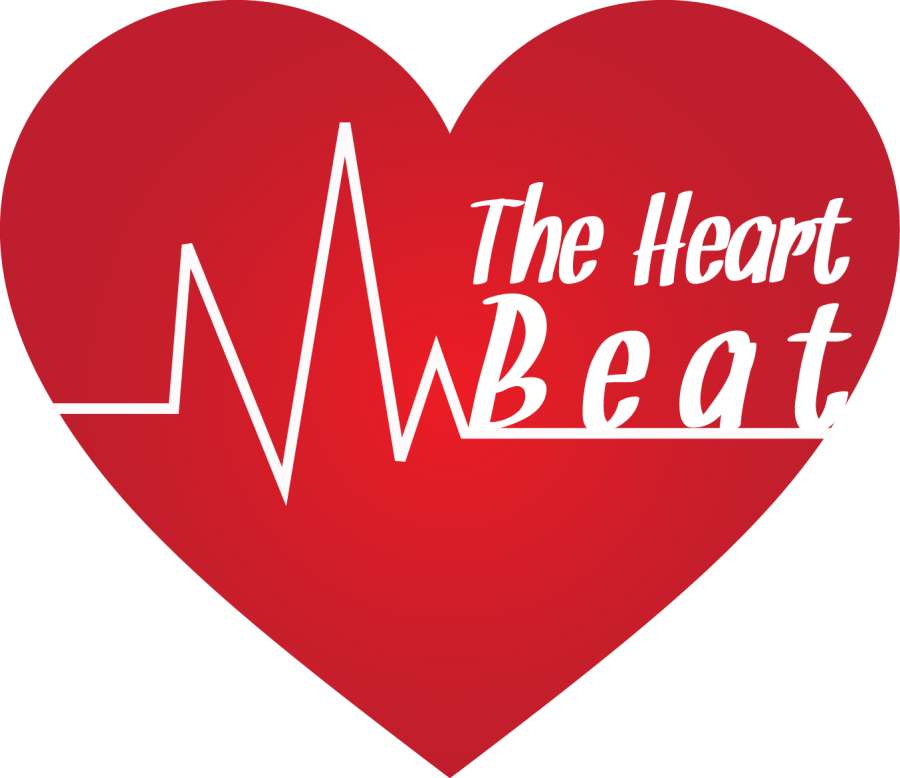By Curtis Bovee
Staff Writer
A common reason why many Americans fail to eat healthy is because it “costs too much.”
Fortunately, healthy foods can be as inexpensive as unhealthy foods. For a family of four to eat dinner at McDonald’s, the total cost should they order Big Mac meals will be around $20 to $25.
At the grocery store, to feed the same family of four free range organic chicken, red peppers and squash and a sweet potato, you’re going to spend roughly the same price, if not less. Comparing the nutritional information per meal at McDonald’s with a soda and fries is going to surpass 1000 calories and 50 grams of fat. The meal at the grocery store is unquestionably healthier, amounting to less than 500 calories and adequate amounts of essential vitamins and nutrients.
Although the home-cooked meal is around the same price range as McDonald’s and far healthier, fast food is always going to be easier and arguably cheaper, especially for under-educated individuals. Without an understanding of how to eat healthy, simply comparing the cost of healthy food with fast food and junk food is pointless. Healthy affordable foods include potatoes, beans and lentils, nonfat Greek yogurt, sweet potatoes, whole wheat pasta, canned tuna, eggs, tofu, spinach, bananas, oats, and frozen vegetables, among many others.
Sadly, many people prefer fast food because of its convenience, regardless of associated risks. To have to go to the grocery store and cook dinner seems like a tedious task. Just think, when you make that trip to the grocery store, you are burning far more calories than sitting in the drive-thru at McDonald’s. Furthermore, numerous studies reveal that the average family in the U.S. spends less than an hour together per day. Importantly, this statistic can be increased dramatically if you plan healthy dinners together on a nightly basis.
If you go to the grocery store and compare fruits and vegetables to unhealthy foods based on portion size, the fruits and veggies are lower in price overall relative to unhealthy foods. Educating yourself about portion sizes will certainly help you save money when eating healthy. Also, just like there are cheap veggies and pricier ones, the same goes with unhealthy foods. Buying produce that is in-season will help tackle these price issues.
If the cost is the main reason people fail to eat healthy, their justification is inaccurate: according to the National Bureau of Economic Research, obesity raises annual medical costs by roughly $2,800 per person. Even if you spent $200 more per month to eat healthy, you would still be saving money by preventing obesity. In addition, recent studies have shown that the annual cost of obesity in the U.S. is $190 billion, or roughly 20 percent of total healthcare expenditures. It is no question that cutting out fast food and junk food will help prevent obesity-related medical expenses.
Yes, these costs of eating unhealthy are often deferred until later; however, this is exactly the point. A Big-Mac meal at McDonald’s may be cheaper initially relative to organic whole foods, but the costs associated with unhealthy eating later in life certainly aren’t worth it.
The Centers for Disease Control and Prevention estimates that 70 percent of today’s health care expenditures are for lifestyle-related chronic diseases, such as obesity, diabetes, and heart disease.
The cost of unhealthy food isn’t just the price tag.


